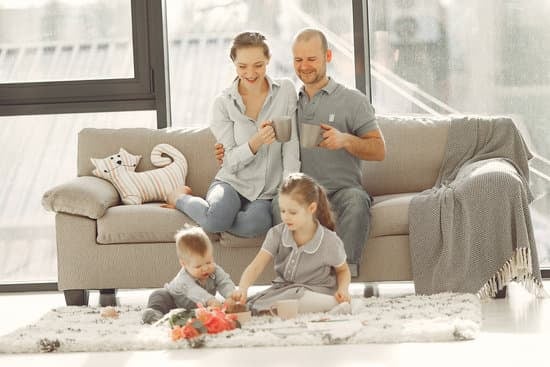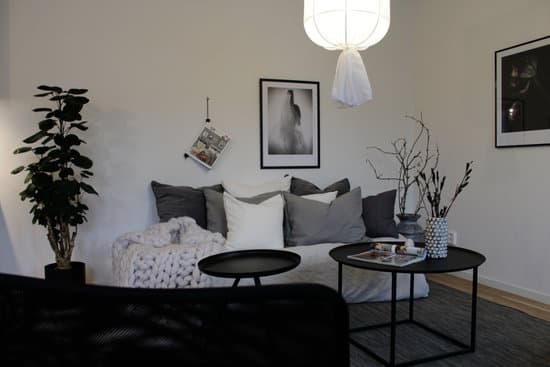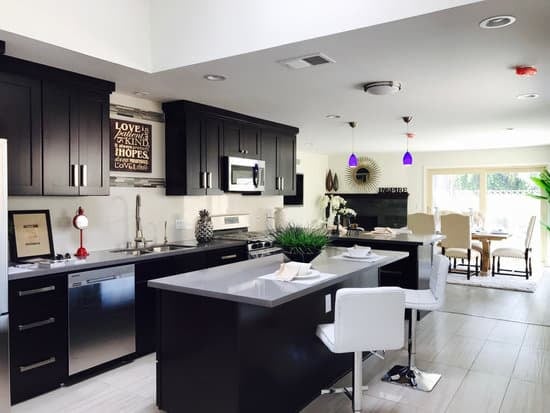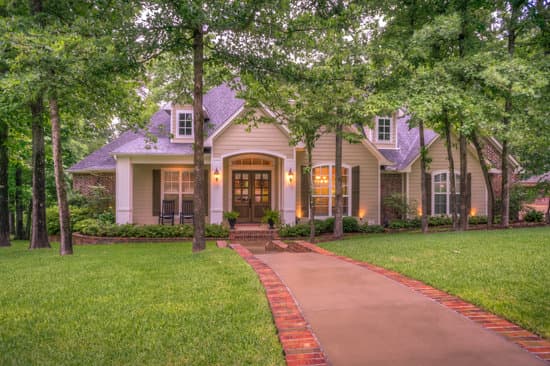The rise of vintage speaker popularity
In recent years, vintage speakers have seen a rise in popularity among music enthusiasts and audiophiles. While some may argue that modern speakers offer better sound quality and features, vintage speakers have a unique charm that draws people in. There’s something special about the warm, analog sound that vintage speakers produce – it’s like taking a step back in time to a simpler era of music listening. Vintage speakers also have a certain aesthetic appeal that many people find attractive. The sleek wood paneling and retro design elements make them stand out as statement pieces in any home or studio. Additionally, many vintage speakers were built with high-quality materials and craftsmanship, which means they can often stand the test of time better than modern speakers.The impact of recording technology on bass response
One of the key factors that sets vintage speakers apart from modern models is their bass response. The older speakers typically had better bass response than modern models due to the fact that the recording industry of the day utilized less technology to boost bass. Instead, they relied on the physical properties of the speakers themselves to produce the desired bass sound. Fun fact: Some vintage speakers were actually designed to be used with certain types of music, like jazz or classical. They were carefully crafted with specific EQ curves to enhance those genres’ distinctive sounds.Why bass response matters in speaker quality
Bass response is an important metric when it comes to speaker quality. It refers to the ability of a speaker to accurately produce low-frequency sounds, which can include everything from drums to bass guitars. When a speaker has good bass response, the listener can feel the full impact of those low-end frequencies, which helps to create a more immersive listening experience. However, not all speakers are created equal when it comes to bass response. Some are designed to emphasize the low-end frequencies at the expense of other parts of the audio spectrum, while others may struggle to produce deep, rumbling bass sounds at all. This is where vintage speakers come into play – many were designed with a focus on producing full, rich bass frequencies that stand out in a way that modern speakers simply can’t replicate.Comparing vintage and modern bass response
When it comes to bass response, vintage speakers generally have the edge over modern models. This is due to a number of factors, including the use of larger speaker cones and high-quality construction materials. Vintage speakers also tend to be designed with a simpler, more straightforward approach to bass response, which can result in a cleaner, more focused sound. That being said, it’s important to note that not all vintage speakers are created equal. Some may have been damaged over time or may not be functioning at their full potential, which can impact their overall sound quality. It’s always a good idea to test out vintage speakers before making a purchase, especially if you’re looking for a specific type of sound or feature.Sound quality: beyond the bass
While bass response is a crucial component of speaker quality, there are other factors to consider as well. For example, the overall soundstage of a speaker – meaning its ability to create a realistic and immersive sound environment – can greatly impact the listening experience. Vintage speakers are often praised for their ability to create a wider, more natural soundstage compared to modern models. Other factors to consider when evaluating speaker quality include frequency response, distortion levels, and dynamic range. Vintage speakers may not always score as highly on these metrics as modern speakers do, but they often offer a unique and distinctive sound that can’t be replicated by newer models.What to look for in vintage speakers
If you’re interested in investing in a vintage speaker, there are a few key things to look for. First and foremost, you’ll want to find a model that matches your personal sound preferences. Some vintage speakers are known for their warm, mellow sound, while others have a brighter, more aggressive tone. You’ll also want to evaluate the speaker’s physical condition before making a purchase. Look for signs of wear and tear, like scratches or dents, and check the speaker cones for damage or tears. Additionally, be sure to do a sound test of the speaker to ensure that it’s functioning properly and producing the desired sound. Tip: Vintage speakers can be quite heavy, so be sure to factor in transportation and setup costs when considering a purchase.Caring for and maintaining vintage speakers
Once you’ve found the perfect vintage speaker, it’s important to take good care of it to ensure that it lasts for years to come. Regular maintenance can help keep your speaker in top working condition and prevent any damage or wear and tear. Some tips for caring for your vintage speaker include:- Wipe down the exterior with a soft, dry cloth to remove any dust or dirt buildup
- Store the speaker in a cool, dry place to prevent moisture damage
- Check the speaker cones periodically for damage or tears
- Don’t overload your vintage speaker with too much power, as this can cause damage to the internal components


















